Mulch is arguably an essential part of the garden. It adds beauty, reduces our workload, and benefits the soil in many ways. There are so many types of mulch available; how do you choose the best one? Here’s a breakdown of wood and rock mulch and the advantages and trade-offs of each kind!
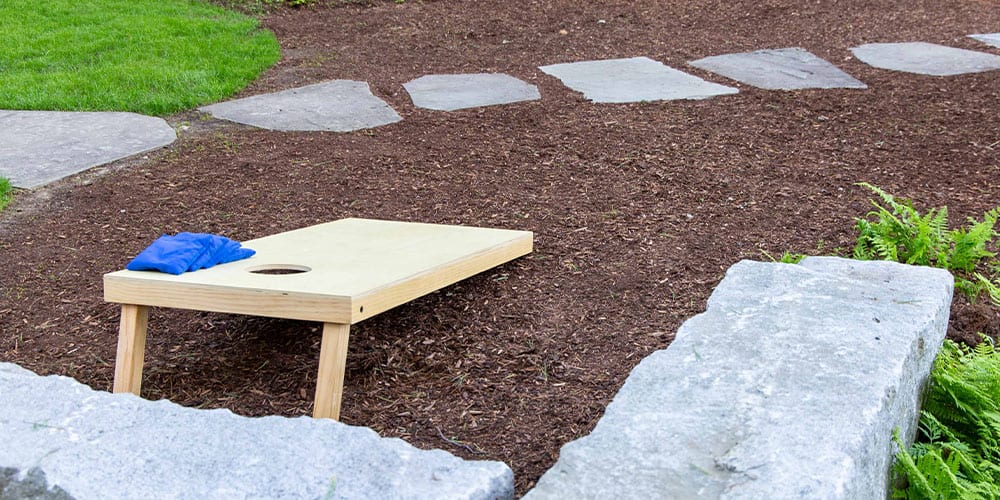 The Benefits of Wood Mulch
The Benefits of Wood Mulch
Wood mulch usually comes in two forms: bark mulch and wood chips. Both are by-products of the lumber and paper industries, offering many benefits to the home garden.
- Moisture: they hold moisture in the soil, reducing the need for water.
- Protection: they protect the soil from erosion, wind, rain, and UV rays. Plus, they protect plants from extremes of heat and cold and the thaw-freeze cycle of early spring.
- Reduce Weeding: mulch significantly reduces your weeding by preventing weeds from accessing the soil.
- Improve Soil: as the mulches break down, they furnish the soil with decaying organic matter and nutrients, which benefits the whole garden ecosystem.
 Bark Mulch vs. Wood Chips
Bark Mulch vs. Wood Chips
Both share all of the advantages mentioned above and differ mainly in aesthetics. You’ll find a wide selection of sizes and colors among both bark mulch and wood chips. The choice is mainly a personal preference about what you find beautiful and how your mulch best fits into the overall look of your landscape.
A small consideration is that large, chunky mulch generally takes longer than small ones to break down and tends to shift around more in the garden during rainfall. Mulch from certain types of trees, like cedar, also lasts longer since the wood naturally resists decay.
 The Benefits of Rock Mulch
The Benefits of Rock Mulch
Rocks are another way to enhance the beauty of your garden, protect the soil, and reduce the workload of weeding. Rocks don’t break down as quickly as wood mulch, meaning you don’t have to replace them as often. If they become dirty, you can hose them off, and if leaves fall on them, it’s easy to blow any debris from the surface.
A trade-off of their durability is that they don’t add nutrients to the soil. They can also be annoying to move if you want to access the soil for new plantings, etc. During the hot summer days, rocks also capture the heat, making them ideal for cactus gardens, rock gardens, or plants that benefit from warm and dry soil.
 Types of Rock Mulch
Types of Rock Mulch
- River Rock: these are smooth, naturally weathered stones in uniform gray, white, black, or a mix of colors. They come in different sizes.
- Crushed Stone: this mulch is made by crushing larger rocks. As a result, they have a rugged texture. They come in a variety of sizes and colors.
- Gravel and Pebble: these are the smallest type of rock mulch. They lend a particular zen look to a garden and are easier to shift around if necessary. They can be smooth like river rock or rugged like crushed stone.
 What Is the Best Type of Mulch?
What Is the Best Type of Mulch?
All mulch has the benefits of enhancing the beauty of your garden, reducing weeds, and protecting soil from the elements. Beyond that, wood mulch has the extra benefit of bringing nutrients to the soil, whereas rock mulch has the advantage of being durable. There’s really no “best” type of mulch. The choice is yours, depending on your tastes and application in the garden.
Straw, grass clippings, and shredded leaves bring many practical benefits to the garden as well. They hold in moisture, suppress weeds, protect the soil surface, and add nutrients to the garden. However, these products don’t bring the same aesthetic benefit. They’re best in vegetable gardens or to add a layer of nutrients to a bed before winter.
 How to Install Mulch
How to Install Mulch
Mulch is pretty straightforward to install, provided that you follow some basic guidelines. Ideally, you should have 2–3 inches of mulch evenly spread throughout your garden bed—don’t make piles around the base of your plants, as this can harbor pests! Ensure you don’t bury your plants or go above the crown of the plant—it will cause the plant to generate roots too high and girdle the plant. Make sure you leave your perennials uncovered so they can come back next year, and you’re all set!
When it’s time to add more mulch, take a look at the condition of your existing mulch before you add more; old mulch can become compacted over time, or it might not break down the way you anticipated. If your mulch isn’t breaking down, adding more will thicken the layer of mulch beyond the recommended 3-inch maximum, which won’t help your garden! In this case, it’s best to clear out the previous layers before adding fresh mulch.
To find the best type of mulch for your garden, visit our garden center in Moultonborough, where you can peruse our bulk products, including spruce and hemlock, and our wide selection of bagged mulch, including cedar. We also have a handy bulk material calculator on our website to tackle the math for your project! Don’t forget to follow us on Facebook or Instagram for the latest sales and updates!


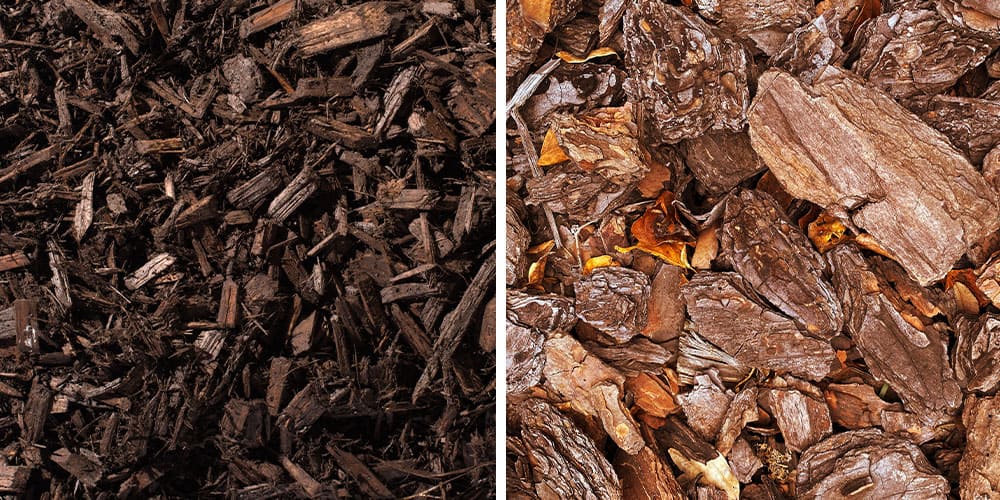 Bark Mulch vs. Wood Chips
Bark Mulch vs. Wood Chips 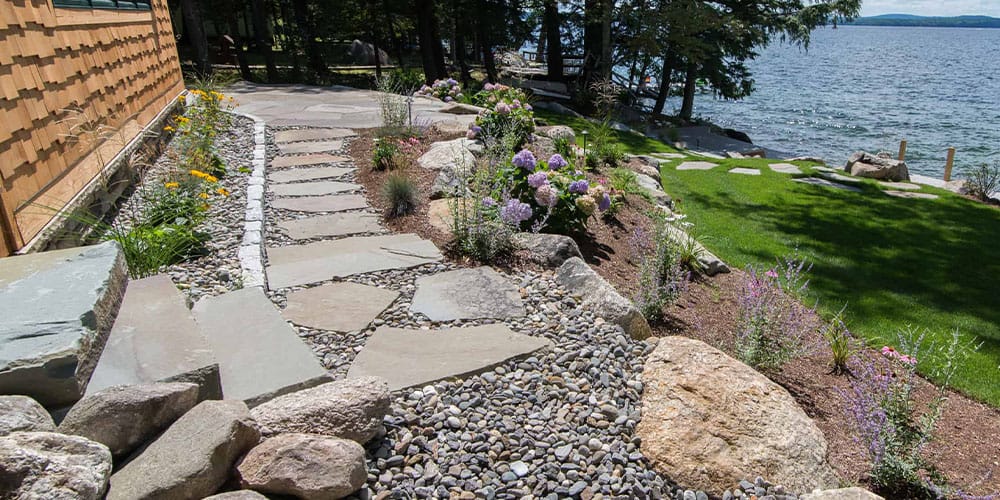 The Benefits of Rock Mulch
The Benefits of Rock Mulch 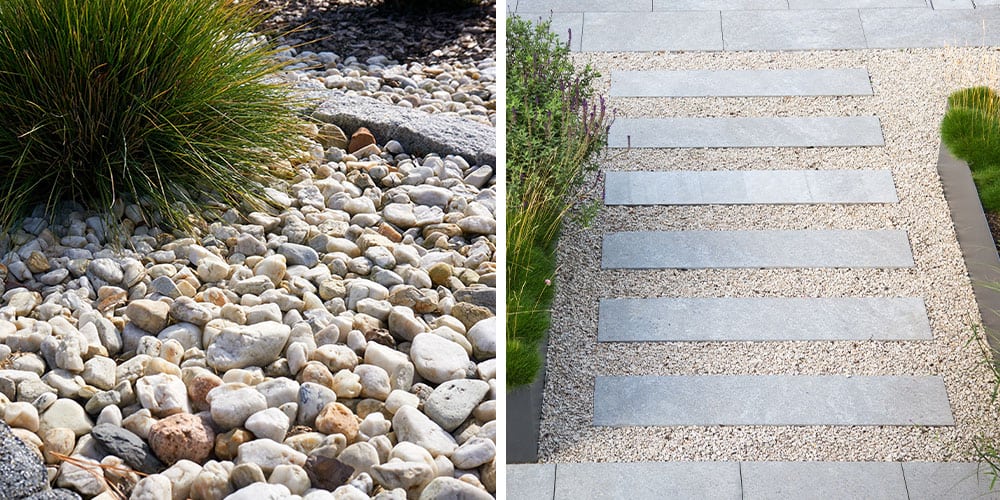 Types of Rock Mulch
Types of Rock Mulch 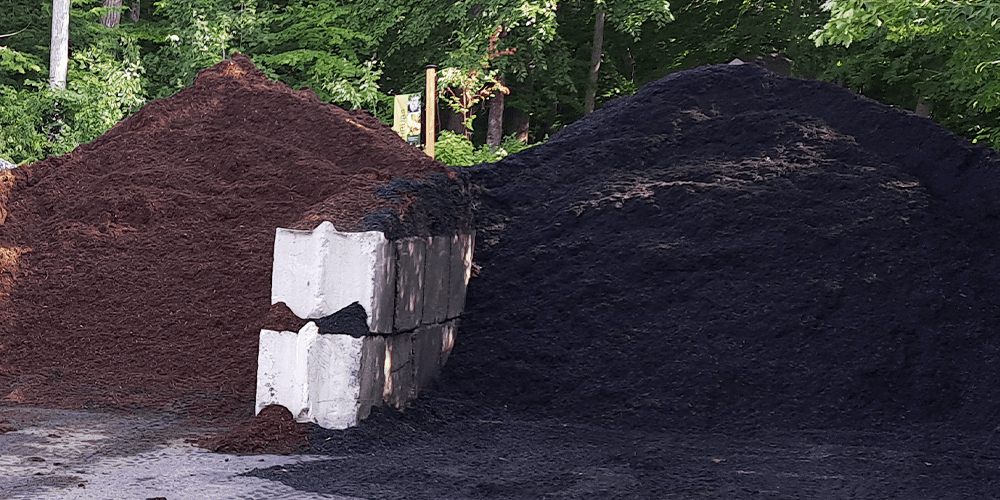 What Is the Best Type of Mulch?
What Is the Best Type of Mulch? 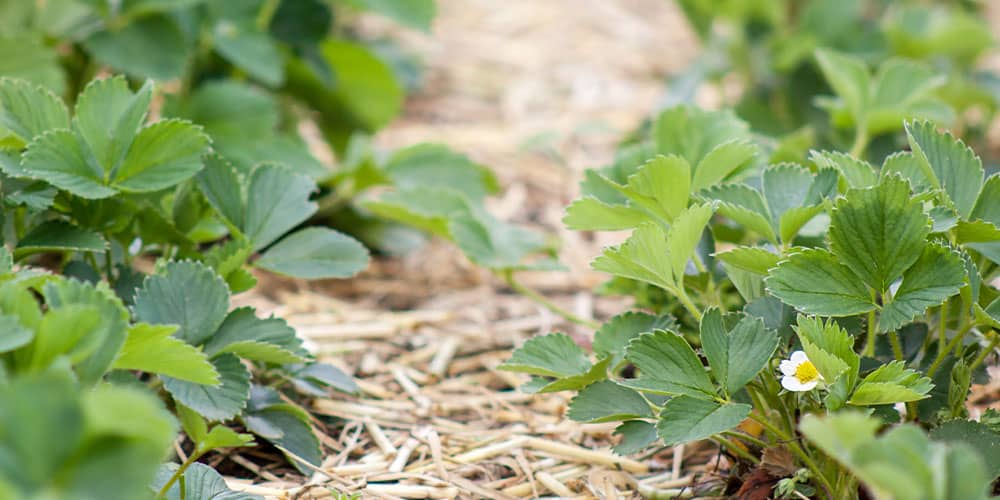 How to Install Mulch
How to Install Mulch  Dethatch and Aerate the Lawn
Dethatch and Aerate the Lawn Replace Old Mulch
Replace Old Mulch 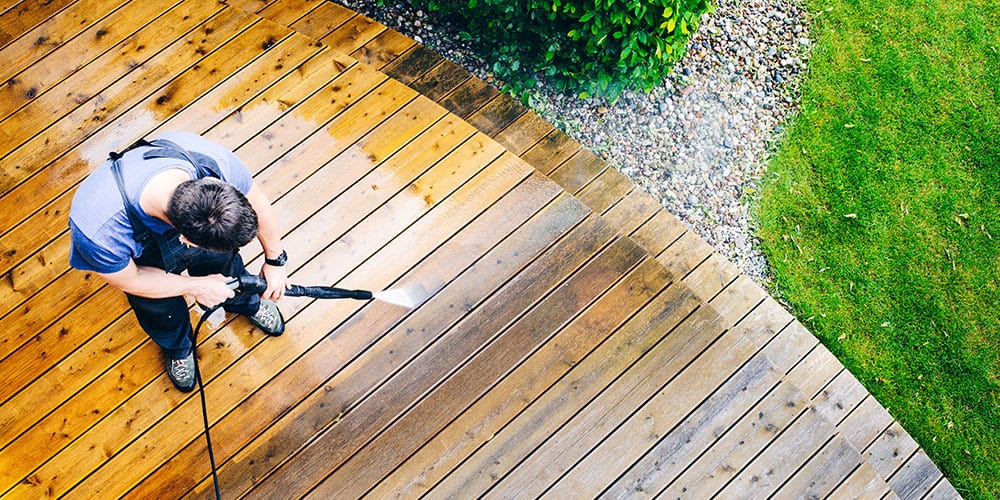 Power Wash the Hardscapes
Power Wash the Hardscapes Cut Back Your Perennials
Cut Back Your Perennials